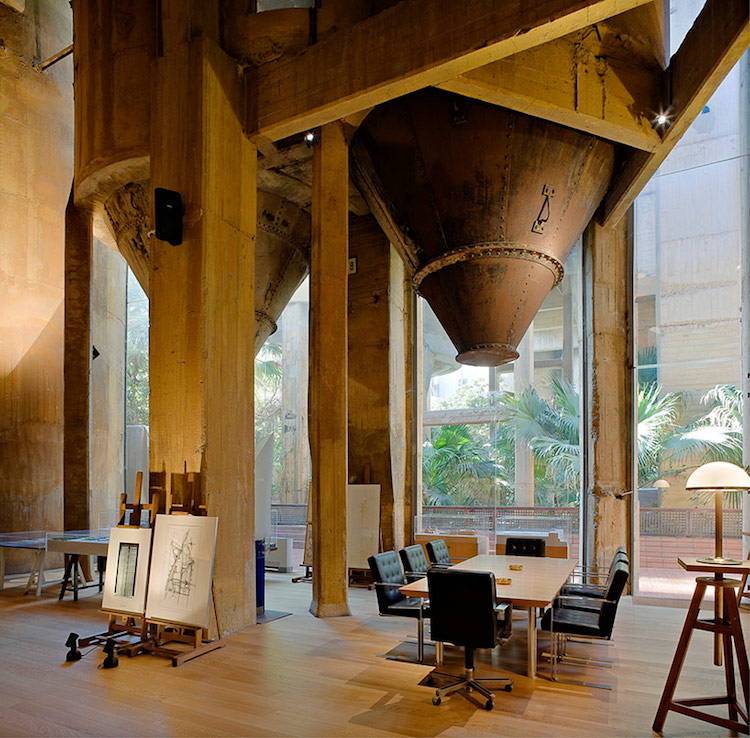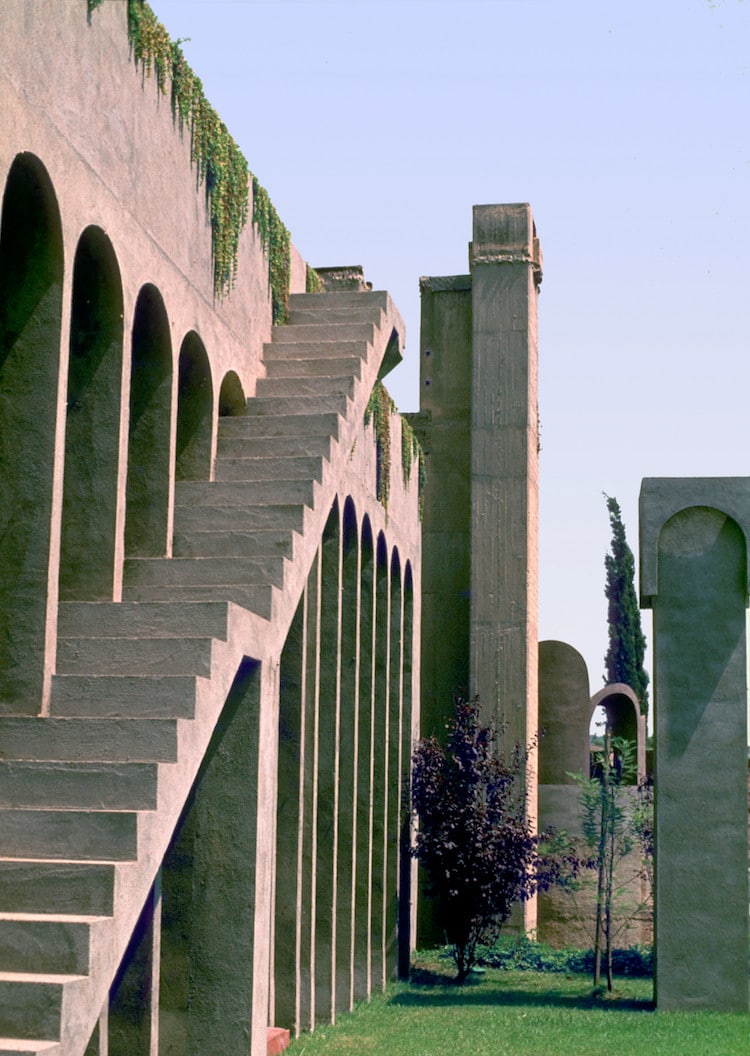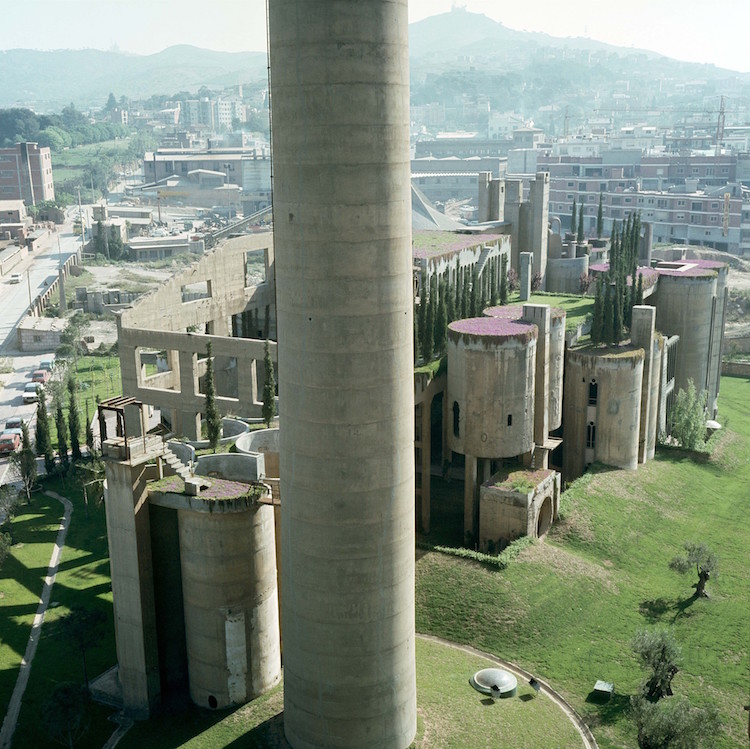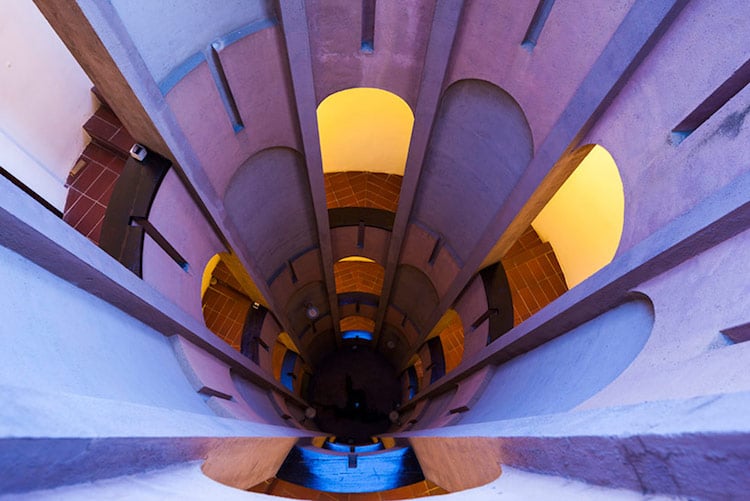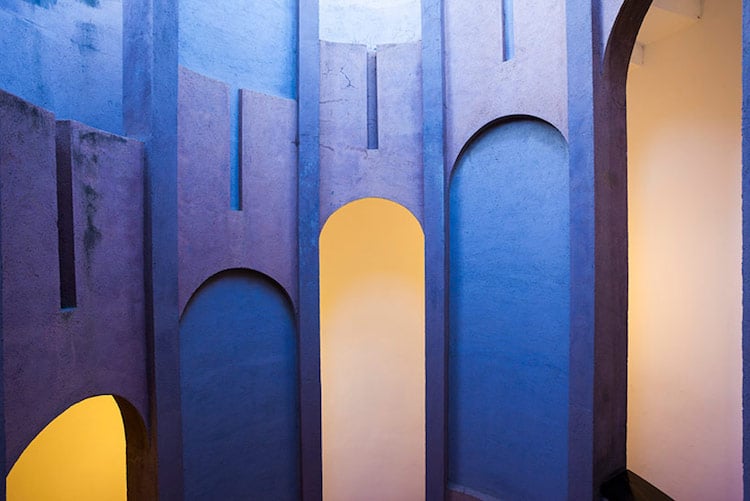In 1973, architectRicardo Bofillstumbled upon an abandoned cement factory outside of Barcelona.
The factory was originally built during Catalonia’s post-WWII industrial revolution.
With each passing year, renovations took place to accommodate new industry processes.
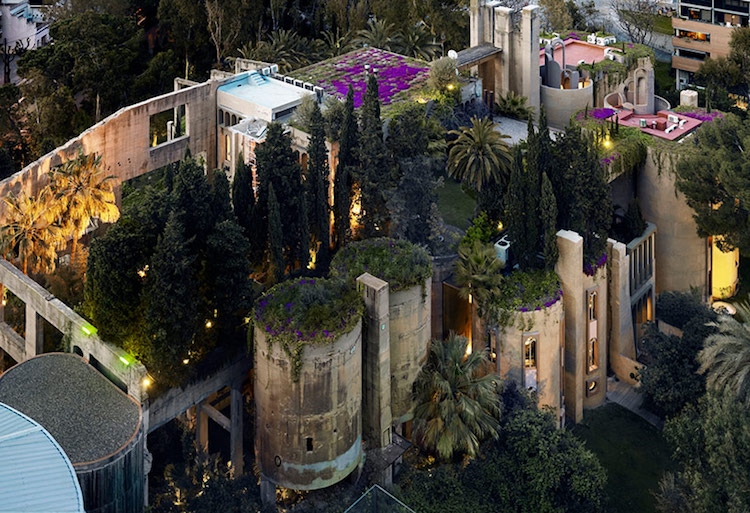
The result was a hodge-podge of architectural styles that needed to be stripped back.
By peeling back the layers of the building, Bofill was able to build up again.
Presently I live and work here better than anywhere else, Bofillshares.
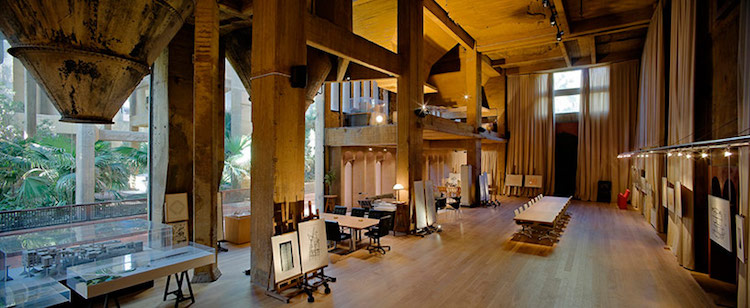
It is for me the only place where I can concentrate and associate ideas in the most abstract manner.
The compound is divided into four areasarchitectural studio, exhibition hall, gardens, and living area.
Bofill seesLa Fabricaas a sculpture slowly coming into formation.
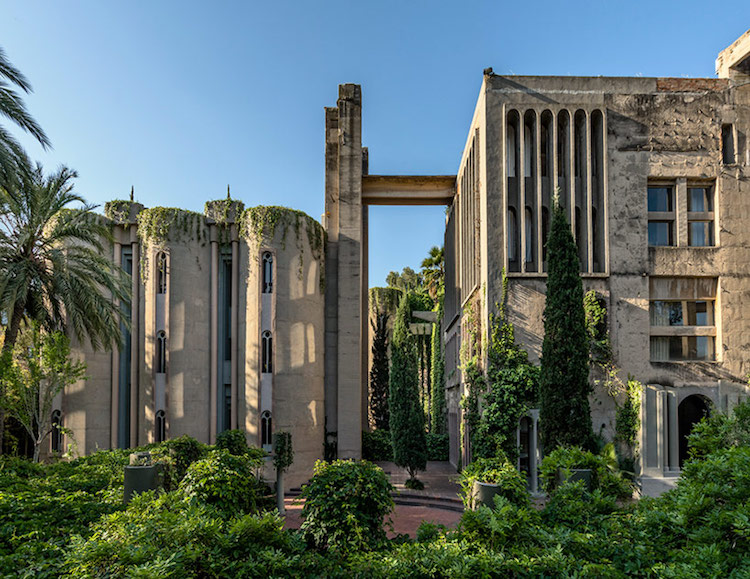
The factory is a magic place which strange atmosphere is difficult to be perceived by a profane eye.
Spaces once used to produce mass quantities of products are now adjusted to domestic use.
The vast rooms optimal for open site lines and bathed in light.
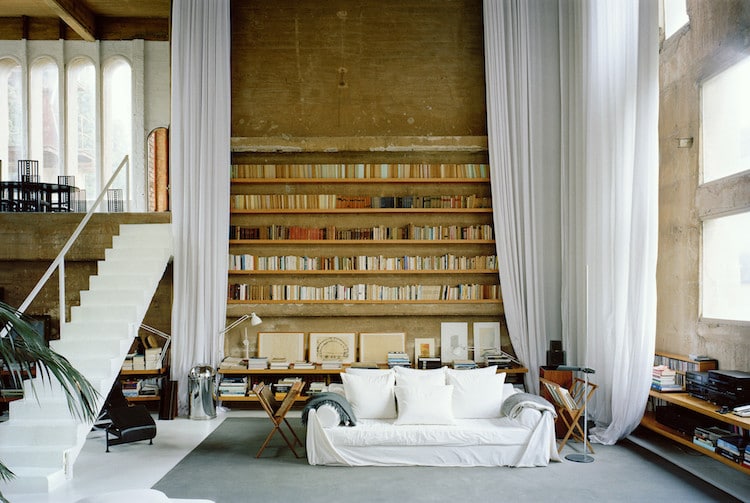
The ultimate challenge in creative reuse,La Fabricais a masterpiece of converted industrial design.
Image via Richard Powers
Ricardo Bofill:Website|Facebook|Instagramh/t: [designboom]


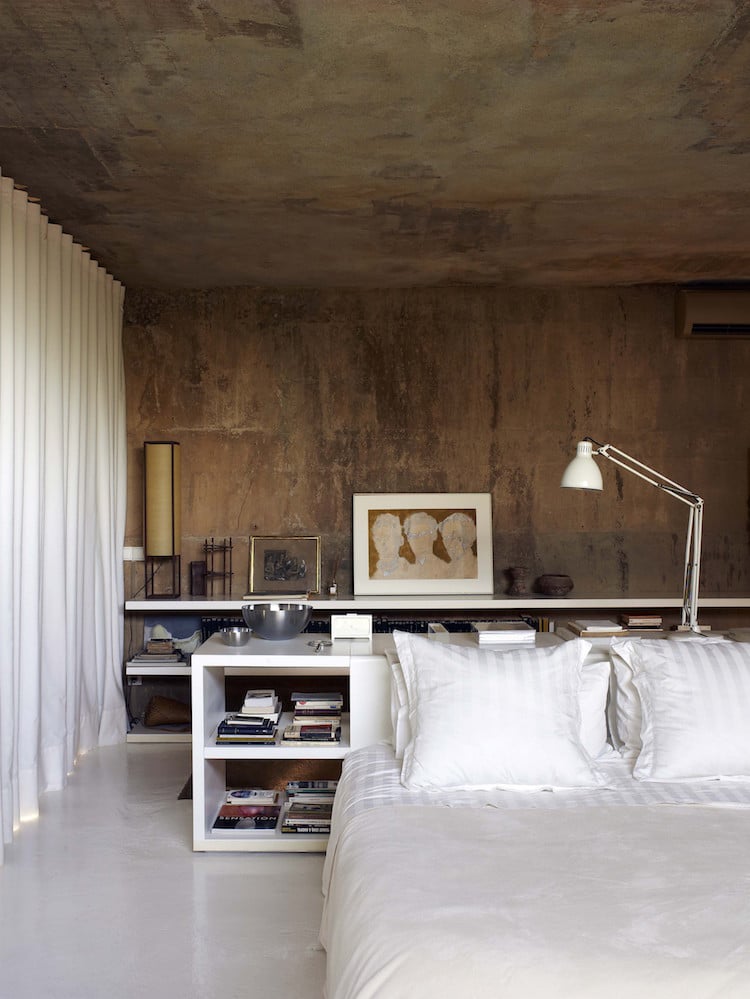
Image via Richard Powers
